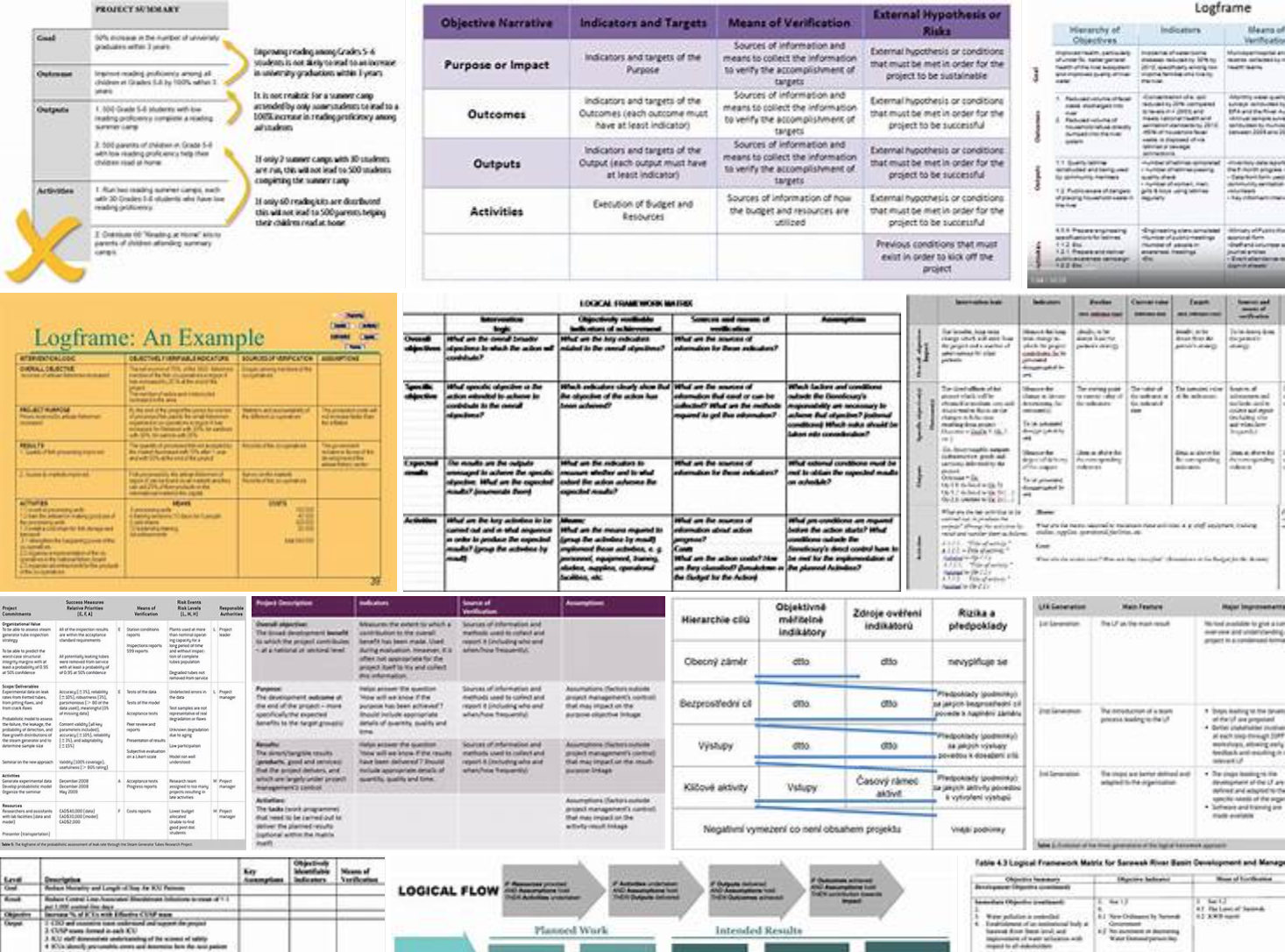“How do we weigh the unforeseen and often unforeseeable negative results of our humanitarian interventions?”
-James Dawes, That the World May Know, p. 16
“I sing the song because I love the man.”
-Neil Young
Primum non nocere [first, do no harm], indeed
As background preparation for class I am re-reading William Easterly’s The Tyranny of Experts, and this has lead to re-visiting some fundamental ideas about aid, development, the humanitarian imperative, and, well, what it all means. This reflection has led me again to the question many of us ask at various stages of our career, namely ‘what difference am I making in the world?’ So, for a bit, I am jumping down that rabbit hole once again, knowing already my destination, but unable to stop myself.
 The trope ‘move the needle’ has been used in popular discourse for decades now, and has even achieved cliche status in the business world. I have heard this phrase used in countless conversations in academic and administrative circles and not infrequently in casual discussions involving the humanitarian aid and development sector. And, of course, a quick search just now yielded no less than a half dozen ‘Twitter handles’ using the phrase ‘moving the needle’ in some form.
The trope ‘move the needle’ has been used in popular discourse for decades now, and has even achieved cliche status in the business world. I have heard this phrase used in countless conversations in academic and administrative circles and not infrequently in casual discussions involving the humanitarian aid and development sector. And, of course, a quick search just now yielded no less than a half dozen ‘Twitter handles’ using the phrase ‘moving the needle’ in some form.
But what does ‘moving the needle’ mean in the context of humanitarian aid and development? Are we/am I ‘making a difference in this world’?
Enter rabbit hole #1
Words are tools to describe and explain to others -and to ourselves- ideas we have in our heads. As ideas go from nascent but increasingly organized clusters of synapses in the brain (deep structure) to verbal or written articulations (surface structure), words must be attached to those ideas and, as Whorf and Sapir taught us long ago, language (both syntax and grammar) do not just passively describe the world they -critically- construct our world.
James Dawes in his book That the World May Know quotes Gilbert Holleufer of the ICRC who told him, “The language disincarnated, it disembodied reality, and they [the affected community] know it. They know we are disembodying their reality, we are dissolving it into words. ….Humanitarian language is part of the threat they have.”
Simply put, words matter.
The phrase ‘move the needle’ is a shorthand way of summarizing a dizzying array of variables, and, as such, necessarily destroys the nuance and complexity underlying these three words, inhibiting and limiting our full understanding of the impact of our actions. Broadly asked, how do the words we use oversimplify and perhaps even skew our understanding of phenomena like ‘charity’, ’empowerment’, ‘aid’ and ‘development’ and ‘move the needle’?
And rabbit hole #2
Four years ago I wrote a long blog post where I posit that our global social system is nonlinear and hence, in the long run our collective humanitarian efforts are part of a massive and complex network of forces which are largely beyond our control. Positive social change is our purpose, but our actions are based on what might be a  specious assumption, namely that we can move the needle. See this post for additional thoughts.
specious assumption, namely that we can move the needle. See this post for additional thoughts.
In a more recent related post I wrote about neoliberalism and the inexorable moving forward of the many headed hydra of capitalism. One aid worker summarized the point thusly,
“I think humanitarian aid work operates within a system that is built on inequality – we won’t see large scale change happen in the lives of people, in terms of long term development, until we start to challenge the structures and systems that result in this inequity in the first place. And the heart of those institutions is within North America and Europe – until we recognize how dependent we are on the oppression and marginalization of others for our own betterment and benefit (i.e. access to cheap disposable goods, foreign foods and fresh imports, temporary foreign workers to fill low-income job vacancies, etc…), humanitarian aid work is just another cog in this bullshit machinery.”
If our global world is indeed a complex non-linear system, then capitalism is one of the main features of that system. Moving the needle, if possible, would mean chiseling away at the baked in assumptions most have about how we live our lives in this ‘modern’ world, both as individuals and as nations.
Comic relief rabbit hole #3
The ‘saving one starfish on the beach’ trope is a sentiment that appears in many faith traditions (Judaism, for example) and is captured in this statement by Mark Brayne who said, “…it’s not about changing the world; it’s about changing the square meter you’re standing on.” Though this comedy sketch by Studio C is intended as just that, comedy, a good game to play is to think of the real life example played out in metaphor by the actors in each of the scenes. The man with the mustache -his name is Jeremy- represents do-gooders everywhere.
In comes sociology
In most popular culture contexts the phrase ‘move the needle’ is used in a one directional sense, from zero impact to great impact. In aid and development work it is more commonly and soberly thought of as being bi- directional, that is, aid -or more commonly development- can also move the needle in a negative direction. Indeed, we can be doing bad by doing good, as Christopher Coyne puts it.
directional, that is, aid -or more commonly development- can also move the needle in a negative direction. Indeed, we can be doing bad by doing good, as Christopher Coyne puts it.
Though the phrase ‘sociocultural impact statement’ is not used in the aid and development world, this is something sociologists have been doing for a long time. These statements look exactly like an environmental impact statement, and, in the vernacular of sociology, examine all of the manifest -intended- and latent -unintended- consequences of the planned action(s).
Though the Logical Framework Approach has been used in the Global North development sector since the late 1960’s (variations include Goal Oriented Project Planning (GOPP) or Objectives Oriented Project Planning (OOPP)), sociologists have been doing ‘functional analyses’ since the days of Emile Durkheim and more recently in the 1950’s when Robert King Merton gave us more nuanced language.
One basic maxim in sociology and anthropology is that ‘everything is connected to everything else’, and thus it follows that the latent consequences of any action directly or indirectly would impact the entire fabric of the social system where the action gets implemented and, I’ll add, every part of every social system connected to this system. I often tell my students as they do development related ‘gedanken experiments’ (e.g., what if we could 3-d print inexpensive housing?) that the lists of both positive and negative latent impacts are only limited by the researchers’ time and imagination. For those whose intention is to ‘make a positive difference’, learning the latent dysfunctions (unintended negative impacts) can be very consequential and sobering. Sociologists are (and if not, should be) the first line in training professionals doing M&E.
The needle and the damage done
A question. Is MSF (Médecins Sans Frontières) making any difference, ‘moving the needle’ in a positive direction in Yemen? Of course, their comms team tells us with compelling quantitative evidence. Lives saved cannot be argued with. But then we have the ghost of Florence Nightingale over our shoulder asking, how much long term damage has been done by providing aid? I feel quite certain that she’d point out the absurdity that Saudi Arabia, the very country leading the war, is also a major contributor for aid to its victims.
But what about ‘natural disasters’? Surely the needle can only move in one direction in responses to tsunamis and earthquakes. But then we read The Big Truck That Went By: How the World Came to Save Haiti and Left Behind a Disaster and must pause once more.
Is the humanitarian aid sector moving the needle? Yes, arguably -and paradoxically- in both directions simultaneously.
And, yes, by hyperlinking Neil Young’s song I am invoking the metaphor that oil is heroin and inferring that unchecked neoliberalism is at the root of many (most?) humanitarian crises. My take on Young’s lyric at the beginning of this post: I write driven by devotion to all humanity.
 Back to the classroom
Back to the classroom
So, as an academic teaching about the humanitarian ecosystem, am I making any difference? Is my teaching having a net positive impact on my students, and will they go on to make positive changes themselves? Course evaluations near the end of the semester may provide some data, but the real proof of impact must be seen in long term, lasting impacts on student’s actions, and these data are always hard to capture.
 The key phrase in the Dawe’s quotation with which I began this post is “…often unforeseeable…” Given that I -we- act within a non-linear system, perhaps we can never know the eventual outcomes of our actions. I’ll make a final nod to Conrad Lorenz and offer the thought that at least on some level I flap my gums (lecture to my students) the same as the butterfly flaps its wings, unaware of the eventual outcome(s).
The key phrase in the Dawe’s quotation with which I began this post is “…often unforeseeable…” Given that I -we- act within a non-linear system, perhaps we can never know the eventual outcomes of our actions. I’ll make a final nod to Conrad Lorenz and offer the thought that at least on some level I flap my gums (lecture to my students) the same as the butterfly flaps its wings, unaware of the eventual outcome(s).
As always, please contact me if you have any reaction, comment, or suggestion.


 Follow
Follow